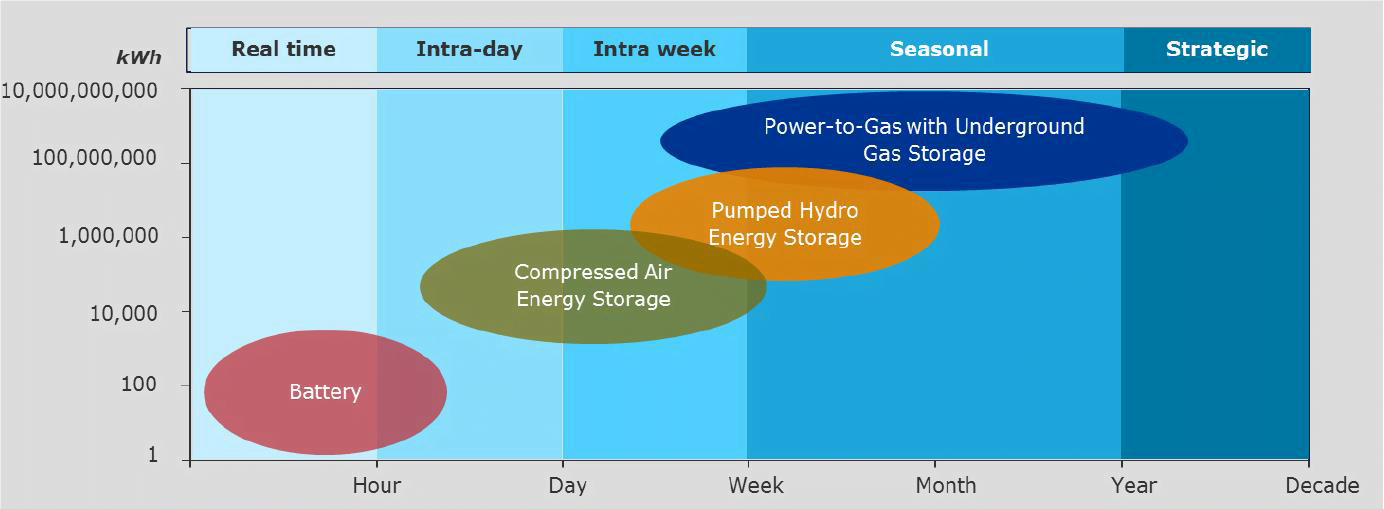IEA publishes a new report on the role of renewable gas in future decarbonised energy systems
The IEA published in 2018 a study intitled ‘GREEN GAS: Facilitating a future green gas grid through the production of renewable gas’. The report explores the various substrates and technologies for green gas production, along with how much natural gas can be replaced by green gas in various EU countries including Ireland, the Netherlands, the UK, Italy and Denmark.
Benefits of a biomethane economy
As highlighted by the report, biomethane is very flexible in its application, more so than other renewable sources of energy, as it can be a source of electricity, heat or transport fuel. The report also draws special attention to algal biofuels and gasification based on lignocellulosic content, along with advanced smart grid technologies. The role of Power-to-Gas, converting surplus renewable electricity into methane, allowing long-term and affordable storage via transformation to a gas energy carrier, is also investigated (see the figure below). Two large-scale projects using biological methanation already exist and include the Electrochaea in Denmark (BioCat project) and MicrobEnergy in Germany (BioPower2Gas).

Figure 1: Electricity storage capacity and duration
The report concludes that ‘Gaseous fuels have a significant role to play in future energy markets in industry (…), in heating (…) and in transport’, and have thus a ‘potentially achieve a large substitution of natural gas’. Furthermore, ‘A renewable gas industry would deliver significantly towards climate mitigation and support a renewable transition particularly in the transport and heat energy sectors, which are not as advanced as the renewable electricity sector’.
Source: IEA
Read more here.





